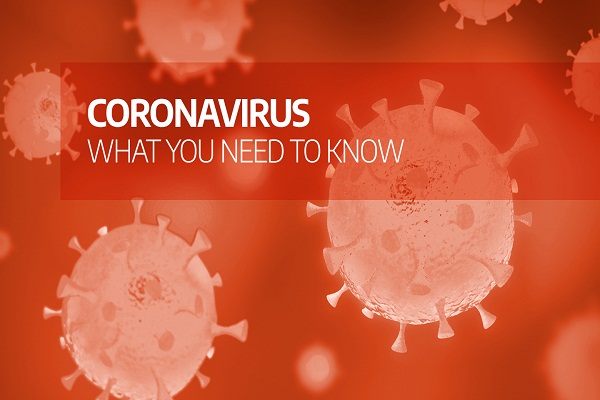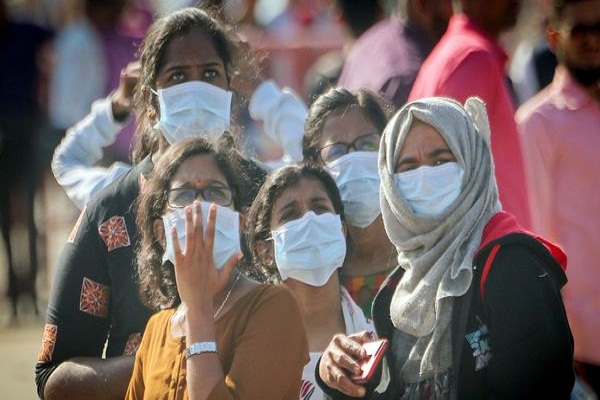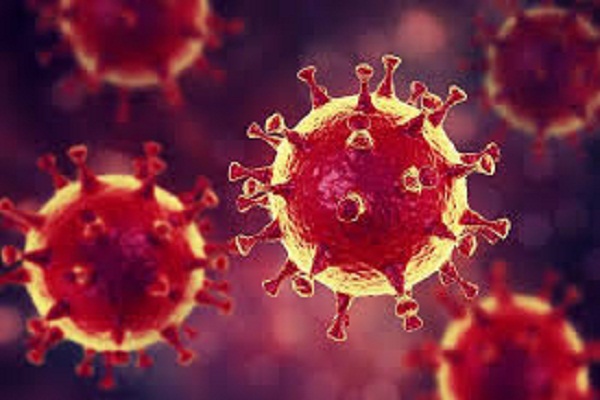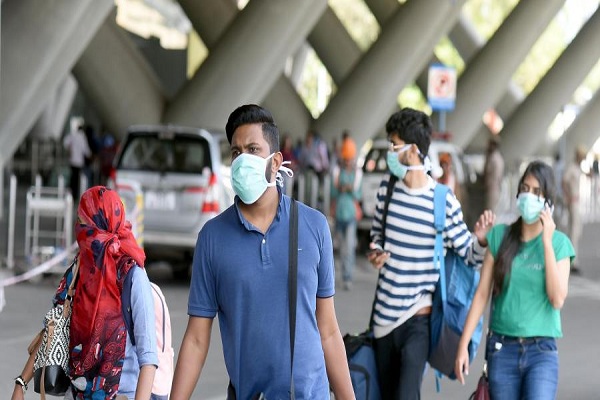
You cant see it, but it is there: an invisible problem. Since the particles are so small “ around a thirtieth of the width of a strand of hair “ they can get into the bloodstream and go on to cause widespread damage. All of the organs in the body seem to be affected in some way by breathing in air pollution.
 Some of the biggest problems are the increased risk of heart and circulatory disease, or the worsening of these conditions for people already affected by them.
Some of the biggest problems are the increased risk of heart and circulatory disease, or the worsening of these conditions for people already affected by them.

There are tiny nano-particles in diesel exhaust that produce highly reactive molecules called free radicals that can injure blood vessels.
These nano-particles “ less than a thousandth of a millimetre wide “ prevent blood vessels from relaxing and contracting properly. The disturbance to blood vessel function means there is an increased risk of clots developing in coronary arteries, which can cause a heart attack.
Recent research has also shown a strong association between short-term exposure to air pollution and admission to hospital for stroke and death from stroke.

Other research suggests that breathing in air pollution can lead to atherosclerosis “ the build-up of fatty material inside the arteries that can lead to a heart attack.
Blood supply to the brain is also affected, so the risk of developing conditions like dementia will increase too.
It is estimated that those who die prematurely in India are losing on average 1.5 years of their life due to air pollution exposure.
Air pollution exposure in the womb has been linked to premature births, health problems and behavioural difficulties in children.
When pollution is at moderate level, adults with heart problems, or who experience symptoms such as sore eyes or a cough, should consider reducing strenuous physical activity, particularly outdoors.
There is so much you can do to avoid the dangerous environmental toxins, breathe in fresh, clean air and ensure the longevity of our heart. There are room, and car air purifiers that are capable of removing airborne particles, high-risk gases and above all PM 2.5 particles, without giving any side effects.
Air quality monitors with automatic purifiers centrally purify your air, when PM2.5 levels rise. Air bags are also easily available in the market to effectively absorb and remove odors, allergens and harmful pollutants and to freshen the air.
Indoor plants are a craze these days as they re-code the air in the environment and neutralize the toxins. These are all precautions to improve your indoor air quality.
What about the ventilation outside? Wearing a pollution mask is your only protection to the particles that are detrimental to your health. Dont compromise on your health and lifestyle when you are outdoors by opting for off the counter anti-pollution mask, or even worse, a surgical mask. Not all masks are effective at reducing exposure to harmful particles in the air.
What you need is a mask that will filter out 99% of PM2.5, along with germs, pollen, or anything inhaled which is contaminated while minimizing the effect of pollution.
These Masks help you inhale what your lungs demand “ Clean Air. It bypasses all the pollutants present in the air. With N99 filter and a CE FFP2R certification, Masks such asVogmask capture the pollution particles down to 0.3 microns for easy breathability while filtering out dangerous particles from the air.
This make fits snugly over your mouth and nose while giving your extreme comfort. Outdoor workout no longer has to be harmful, because there are masks such asthe idMASK2 that keep out defiled air, while keeping up the solace. This mask comes with a shatter resistant shield for added protection and the lightweight of the mask avoids itchiness. The cover on the mask keeps the quality of the product intact and avoids irritation.
We all know the importance of physical healthy activities for brain development in kids and for the overall health and well-being of adults.
Healthy breathing inside and outside is one such approach that will go a long way in increasing you and your familyslife expectancy. Keep in mind that considering that we inhale 12,000 liters of air per day, we are quite clearly what we breathe.
(Disclaimer: Author is Jai Dhar Gupta, Founder, Nirvana Being. Views expressed are personal opinion.)
Be a part of Elets Collaborative Initiatives. Join Us for Upcoming Events and explore business opportunities. Like us on Facebook , connect with us on LinkedIn and follow us on Twitter , Instagram.












